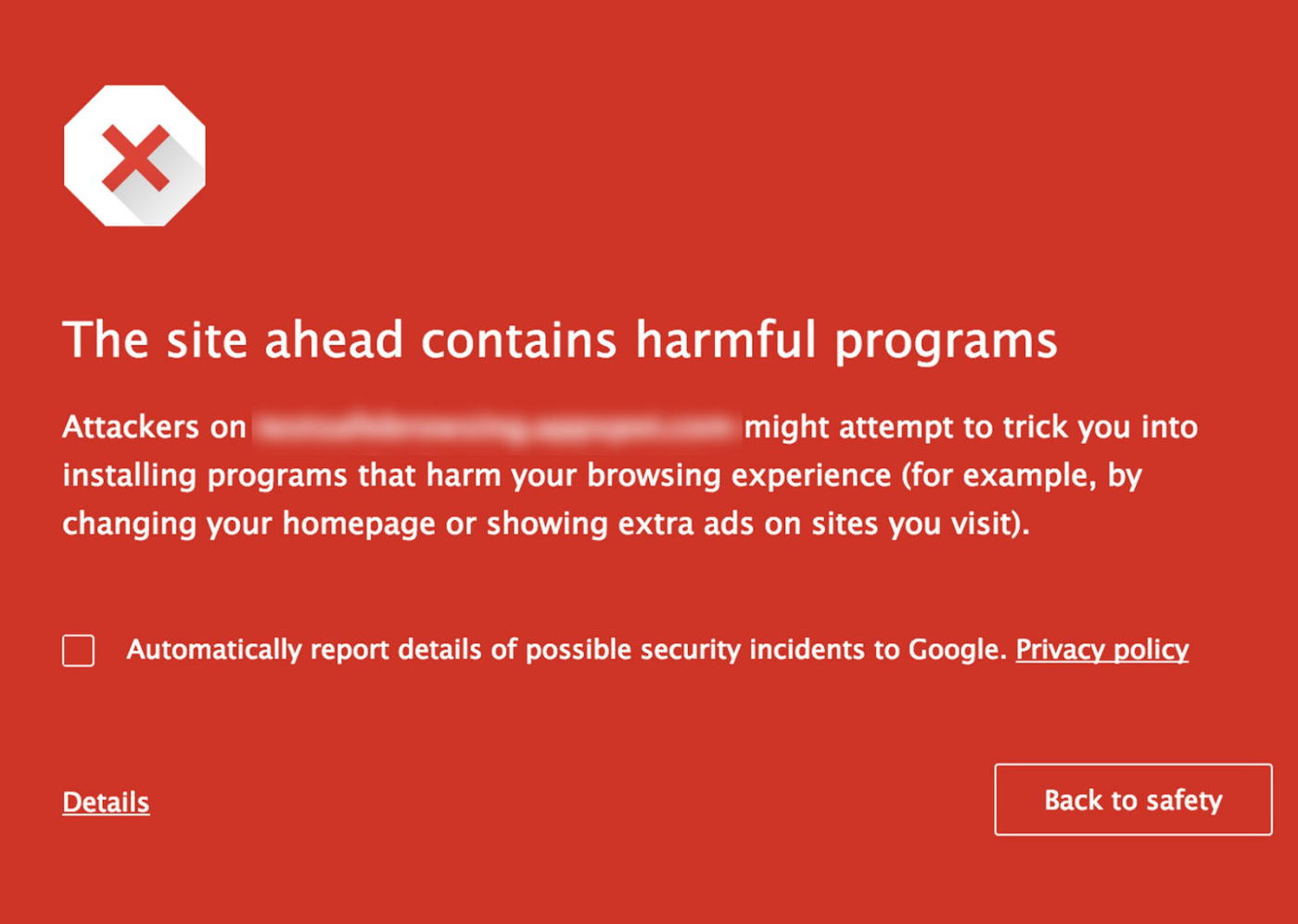Until last week, MetaCert was the first and only company in the world to offer a Security API to help developers add a thin but powerful layer of security to their apps. An in-app security layer that protects consumers from malware and phishing attacks as well as unwanted content.
Last week, Google announced the availability of its
Safe Browsing API, allowing “applications to check URLs against Google’s constantly-updated lists of suspected phishing, malware, and unwanted software pages.”
According to ProgrammableWeb:
The Safe Browsing API allows applications to download an encrypted table that can be used client-side to check the safety of URLs. The Safe Browsing Lookup API allows applications to programmatically send URLs to the Google Safe Browsing service to check their status. Using these APIs, developers can implement additional security measures in their applications such as:
- Warn users when they are about to click on links suspected of containing malware or unwanted software.
- Prevent users from posting links to blacklisted sites using their application.
- Check a list of web pages against Google’s lists of blacklisted and suspicious websites.
As the CEO of MetaCert, I’m delighted that at least one other company has finally realized that consumers need protection against malicious attacks and unwanted content from inside app-layer. While other security companies address the issue using legacy methods such as anti-virus software apps and network-based filtering, MetaCert and Google offer a very simple, but effective API service that’s easy for developers to integrate inside their apps. I’m pleased that we now have a big player in the market to help us validate the need for developers to add security to their apps.
Well, the MetaCert Security API is simple to implement. Google Safe Browser API isn’t so easy. Don’t be surprised to hear that MetaCert’s API is superior to Google’s. While Google has to support hundreds of products, MetaCert has a laser focus on this one thing, with nothing else to distract us.
So what’s the difference between the MetaCert Security API and Google Safe Browser API?
- MetaCert’s API is extremely easy to implement. Google’s is quite complicated.
- MetaCert’s API response time is about 3 times faster than Google’s.
- Google’s API allows you to lookup malware and phishing sites while MetaCert’s currently allows you to lookup malware, phishing, pornography and image sharing. MetaCert has over 30 categories that will be made publicly available in the coming weeks – or immediately upon request from existing customers.
- MetaCert’s API has the ability to lookup domains, sub-domains, folders and URLs when it comes to pornography. No other content classification company has this capability.
Curious about the MetaCert Security API? Sign up for free now. You can sign up for 150 free API Calls every month
here.
TechCrunch also covered Google’s announcement
here. And Threat Post
here.

